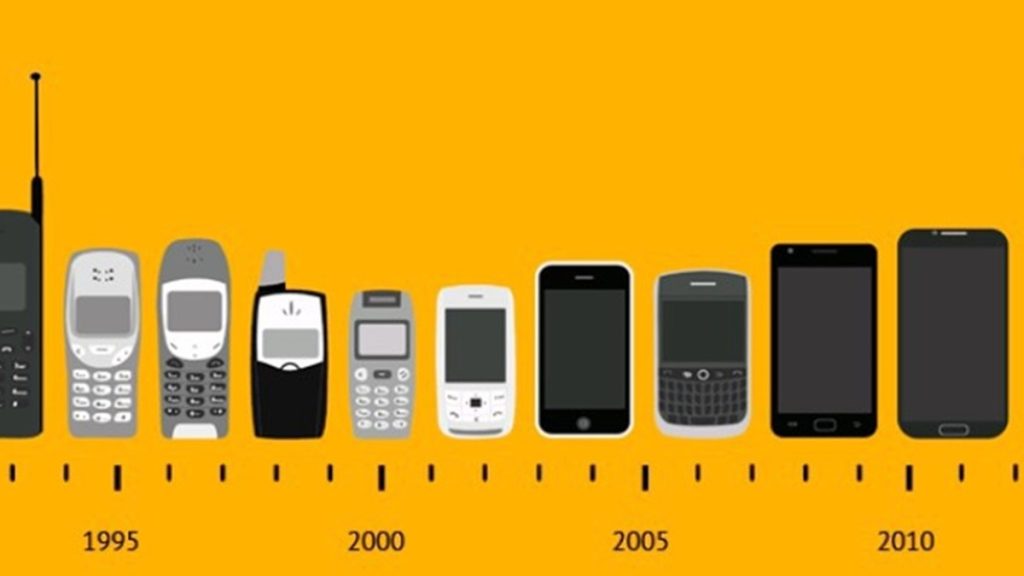Adverts
Cell phones have become a fundamental element of our daily lives. They allow us to instantly communicate with anyone anywhere in the world, access information and applications, and even control our homes and cars. Since the first cell phones, technology has evolved steadily and rapidly, with significant advances occurring almost every year. The evolution of cell phones over the years.
Throughout this text, we will explore the evolution of cell phones, through the first commercial cell phones, to the advanced smartphones of today. Let's delve into the history of cell phones, the technological advances that led to modern devices, and the features and functionality they offer.
Adverts
The first cell phones
The first cell phones were big and bulky, with extended antennas that made them difficult to transport. The first commercial cell phone, the DynaTAC 8000X, was released in 1983 by Motorola, weighed nearly three pounds and had an exorbitant price. The first cell phones were mainly used for voice calls, with batteries that lasted a few hours.

The rise of flip phones
In the 1990s, the first flip phones appeared, which had a more compact and elegant design. These phones also featured a protective cover that protected the phone's screen and keys when not in use. Flip phones were a huge success and quickly became popular around the world.
Adverts
The era of sliders and folding phones
In the 2000s, sliders and folding phones emerged, which allowed users to expand the screen to view content or type messages. These phones were also popular among young people because of their cool and modern look.
The arrival of smartphones
In 2007, Apple released the first iPhone, which completely changed the mobile phone market. The iPhone combined a phone, music player and web browser into one device. Soon after, Google released Android, a mobile operating system that allowed other companies to develop their own smartphones. Since then, smartphones have become the norm, with features such as apps, cameras, GPS, touch screens and more.
Advances in display technology
Screen technology has evolved significantly over the years. Resolution has increased, with Full HD and 4K displays being standard on many modern smartphones. OLED and AMOLED screens have also become popular, offering vibrant colors and high contrast. Additionally, many phones now have foldable screens, allowing users to expand their viewing experience.
The evolution of the cell phone camera
Cell phone cameras have also evolved significantly. The first cell phones had VGA cameras, which were of low resolution and quality. Many smartphones now have high quality cameras, with zoom lenses, advanced image sensors and features like image stabilization and HDR.
See too:
The introduction of mobile operating systems
Mobile operating systems have evolved to become more advanced and intuitive. Apple's iOS and Google's Android are the world's most popular mobile operating systems, offering users a wide range of features and customization options.
The advanced features of modern smartphones
Modern smartphones have advanced features that make them so much more than just phones. Users can access the internet, send emails, take pictures and videos, play games, use social media apps and much more. Some phones also have facial recognition, fingerprint and other security features.
The role of mobile apps
Mobile apps have become an integral part of the mobile user experience. There are apps for just about everything, from gaming and social media to shopping and banking. Many apps are free, but some require a subscription or in-app purchase.
Conclusion
So cell phones have significantly changed the way we live and communicate. But since the first handheld phones, technology has evolved to include incredible features and functionality, making them indispensable in our lives. The evolution of cell phones continues to advance at a rapid pace, as do devices that are increasingly sophisticated and advanced. But we can certainly look forward to more exciting advancements in the future of mobile devices, which will continue to impact our lives in significant ways.



